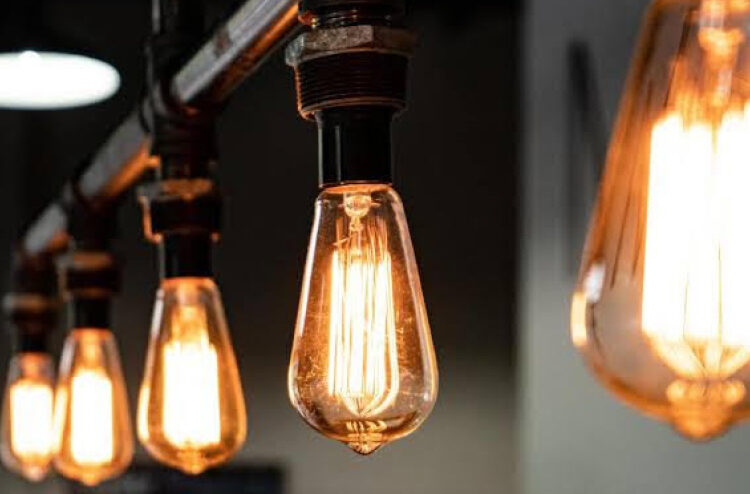COOK WITH GAS
Cooking with gas is a cheaper alternative to cooking with electricity. This is because consistent hours of cooking time will reflect humongous electricity bills, both for metered and unmetered consumers.
USE LARGE APPLIANCES TOGETHER
To conserve electricity as much as possible, pool your laundry together (as a family or roommates) and do full loads all at once. As a result, you cut down on the number of times you use the washer weekly.
INSTALL ENERGY-EFFICIENT LIGHT BULBS
Talking lighting, another great substitute is to swap incandescent lights for a compact fluorescent lamp (CFL) or LED bulbs. CFLs use between 50-80% less energy than regular incandescent bulbs.
DEFROST FREEZER MONTHLY
When excessive ice builds up in the freezer, the system ends up working harder to preserve all that ice and keep cool air flowing. As a result, a freezer in need of a defrost uses more energy and adds to your energy costs.
SWITCH OFF THE LIGHTS
Switch off lights when they are not in use, most especially during the day. Some people just like to see the bulbs have light every time. Unless the room is too dark for comfort, don’t be like these people.
REDUCE THE USE OF WATER HEATERS
The water heater only needs to be on for a short time and not left to run all day. 20 minutes before use is fine and turn it off after use. Drain the tank from time to time, so it is more effective. If not, you could be heating through sediments and wasting more energy.
UNPLUG ELECTRICITY FROM SOCKET
Just because your electronics are on standby mode, doesn’t mean they don’t consume energy. Standby mode, also known as ‘phantom’ or ‘vampire electricity’ accounts for around 15% of your household electricity bill. Switch off all appliances when going to bed or leaving the house.





